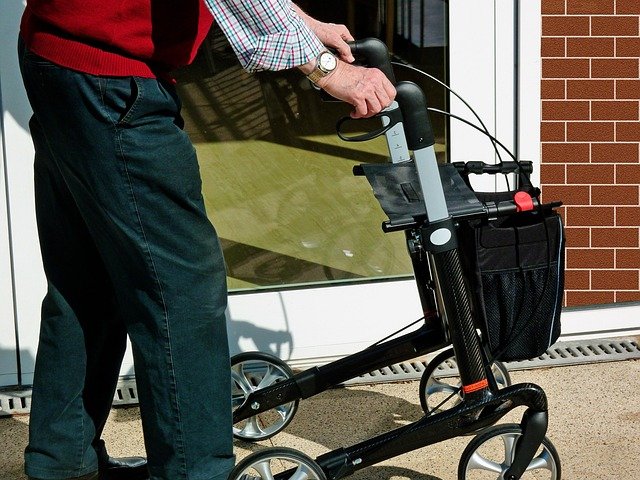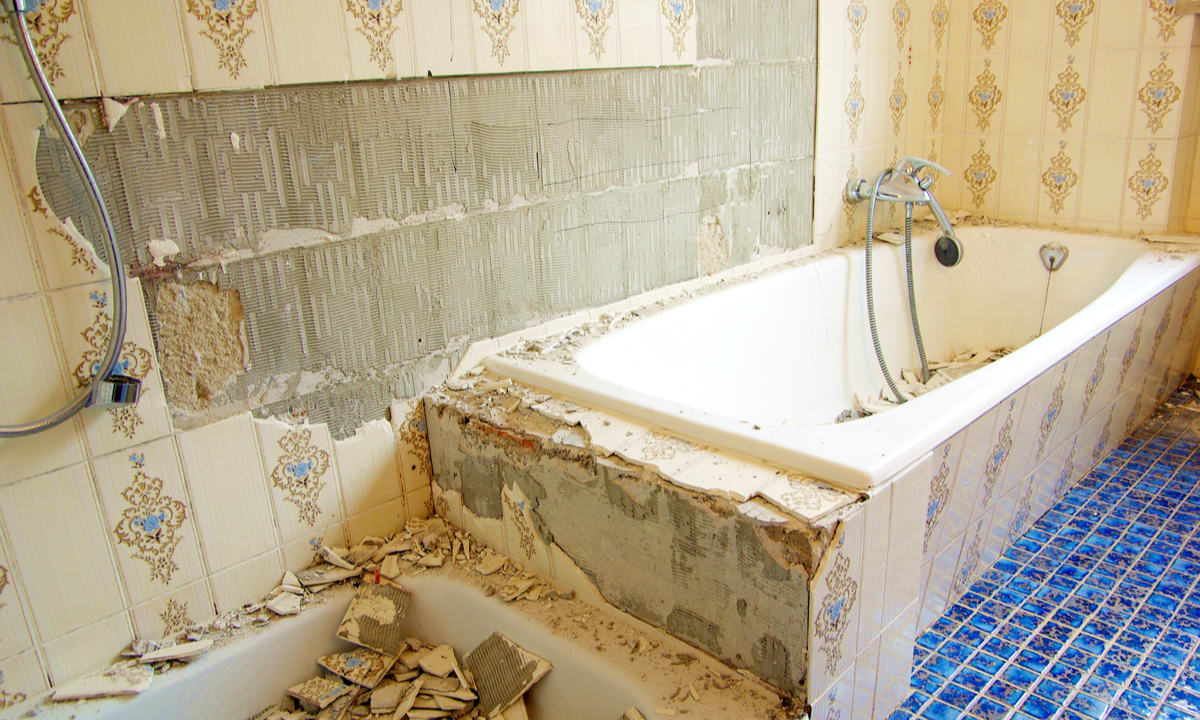Granny Pod Designs for Seniors: What You Need to Know
Granny pods, or Accessory Dwelling Units, emerge as a practical housing solution for seniors desiring independence alongside family closeness. Customizable spaces enhance property value and safety, offering a potent alternative to traditional care facilities. Understanding design options, costs, and legal considerations equips families to create supportive environments for elderly loved ones.

Granny pods represent a modern approach to multigenerational living, providing seniors with private accommodation in close proximity to family caregivers. These prefabricated or custom-built units are typically installed in the garden or side yard of a family home, offering a balance between independence and support. As the population ages and healthcare costs rise, more families are exploring this housing solution as a viable alternative to residential care facilities.
Understanding Granny Pods as Housing Options for Seniors
Granny pods, also known as accessory dwelling units or garden suites, are small, self-contained living spaces designed specifically for elderly residents. These structures typically range from 200 to 600 square feet and include essential amenities such as a bedroom, bathroom, kitchenette, and living area. Unlike traditional extensions, granny pods are often modular or prefabricated, allowing for relatively quick installation. They are designed with senior-friendly features including wheelchair accessibility, non-slip flooring, and emergency call systems. The concept addresses the growing need for affordable, dignified housing that allows seniors to age in place while remaining connected to family support networks.
Benefits of Investing in Granny Pods
Investing in a granny pod offers numerous advantages for both seniors and their families. For elderly residents, these units provide privacy and independence whilst maintaining proximity to loved ones who can offer assistance when needed. This arrangement often proves more cost-effective than residential care homes, particularly over the long term. Families benefit from peace of mind knowing their elderly relatives are nearby and safe, whilst avoiding the emotional and logistical challenges of institutional care. Granny pods can also add value to a property and may generate rental income if circumstances change. Additionally, the units promote intergenerational bonding, allowing grandchildren to maintain close relationships with grandparents whilst respecting everyone’s need for personal space.
Customizable Features for Enhanced Living
Modern granny pod designs offer extensive customization options to meet individual needs and preferences. Safety features can include grab bars, walk-in showers, wider doorways for wheelchair access, and non-slip surfaces throughout. Technology integration allows for smart home systems, emergency alert buttons, and remote monitoring capabilities that enable family members to check in without being intrusive. Climate control systems ensure year-round comfort, whilst energy-efficient appliances and insulation reduce running costs. Aesthetic choices range from traditional cottage styles to contemporary designs, allowing the pod to complement the existing property. Interior layouts can be adapted to accommodate specific mobility requirements or medical equipment, and some manufacturers offer options for expandable spaces or modular additions as needs evolve.
Exploring Different Granny Pod Designs
Granny pod designs vary considerably in style, size, and functionality. Studio-style pods maximize space efficiency with open-plan living areas, ideal for seniors with good mobility who require minimal specialized features. Single-bedroom designs offer more privacy and typically include separate living and sleeping areas. Accessible designs prioritize wheelchair navigation with wider corridors, roll-in showers, and lowered countertops. Luxury models may incorporate premium finishes, larger floor plans, and additional amenities such as covered porches or garden access. Modular designs allow for future expansion, whilst eco-friendly options feature sustainable materials, solar panels, and rainwater collection systems. Some manufacturers specialize in medically equipped pods with built-in monitoring systems, adjustable beds, and specialized ventilation for residents with specific health conditions.
Cost Considerations and Opportunities
The financial investment required for a granny pod varies significantly based on size, features, and installation requirements. Basic prefabricated units typically start around £20,000 to £40,000, whilst more sophisticated custom-built designs can exceed £100,000. Installation costs must also be considered, including site preparation, utility connections, and any necessary planning permissions. Ongoing expenses include utilities, maintenance, insurance, and potential council tax implications. However, when compared to residential care home fees, which can range from £30,000 to £60,000 annually in the UK, granny pods often represent a more economical long-term solution. Some families explore financing options including home equity loans, personal loans, or specialized elderly care financing programmes.
| Provider/Option | Type | Estimated Cost Range |
|---|---|---|
| Prefabricated Studio Pod | Basic modular unit | £20,000 - £35,000 |
| Standard One-Bedroom Pod | Mid-range design | £40,000 - £65,000 |
| Accessible Design Pod | Mobility-focused features | £50,000 - £80,000 |
| Custom Luxury Pod | Premium materials and finishes | £80,000 - £120,000+ |
| Installation and Setup | Site prep and utilities | £5,000 - £15,000 |
Prices, rates, or cost estimates mentioned in this article are based on the latest available information but may change over time. Independent research is advised before making financial decisions.
Before proceeding with a granny pod installation, families should research local planning regulations, as some areas require specific permissions for accessory dwelling units. Consulting with local authorities early in the planning process can prevent costly delays or modifications. Additionally, investigating potential grants or subsidies for elderly care accommodations may help offset initial costs.
Making an Informed Decision
Choosing the right granny pod design requires careful consideration of current and future needs. Families should assess the senior’s mobility requirements, medical conditions, and personal preferences alongside practical factors such as available space, budget constraints, and local regulations. Visiting showrooms or existing installations can provide valuable insights into different designs and quality standards. Consulting with healthcare professionals, architects, and family members ensures that all perspectives are considered. The goal is to create a living environment that enhances quality of life, maintains dignity, and provides practical support whilst respecting the senior’s independence. With thoughtful planning and appropriate investment, granny pods can offer a compassionate, sustainable solution for multigenerational family living.



